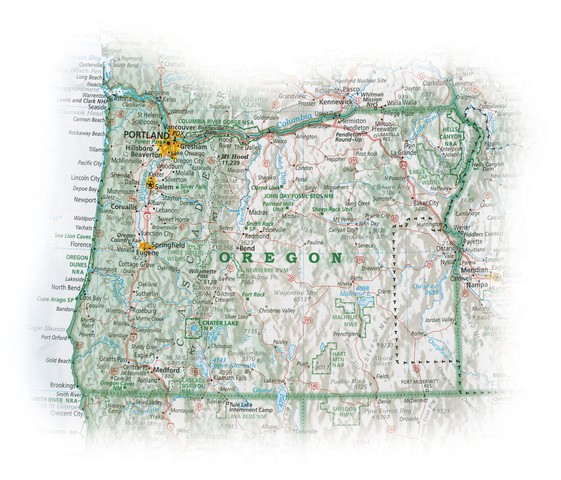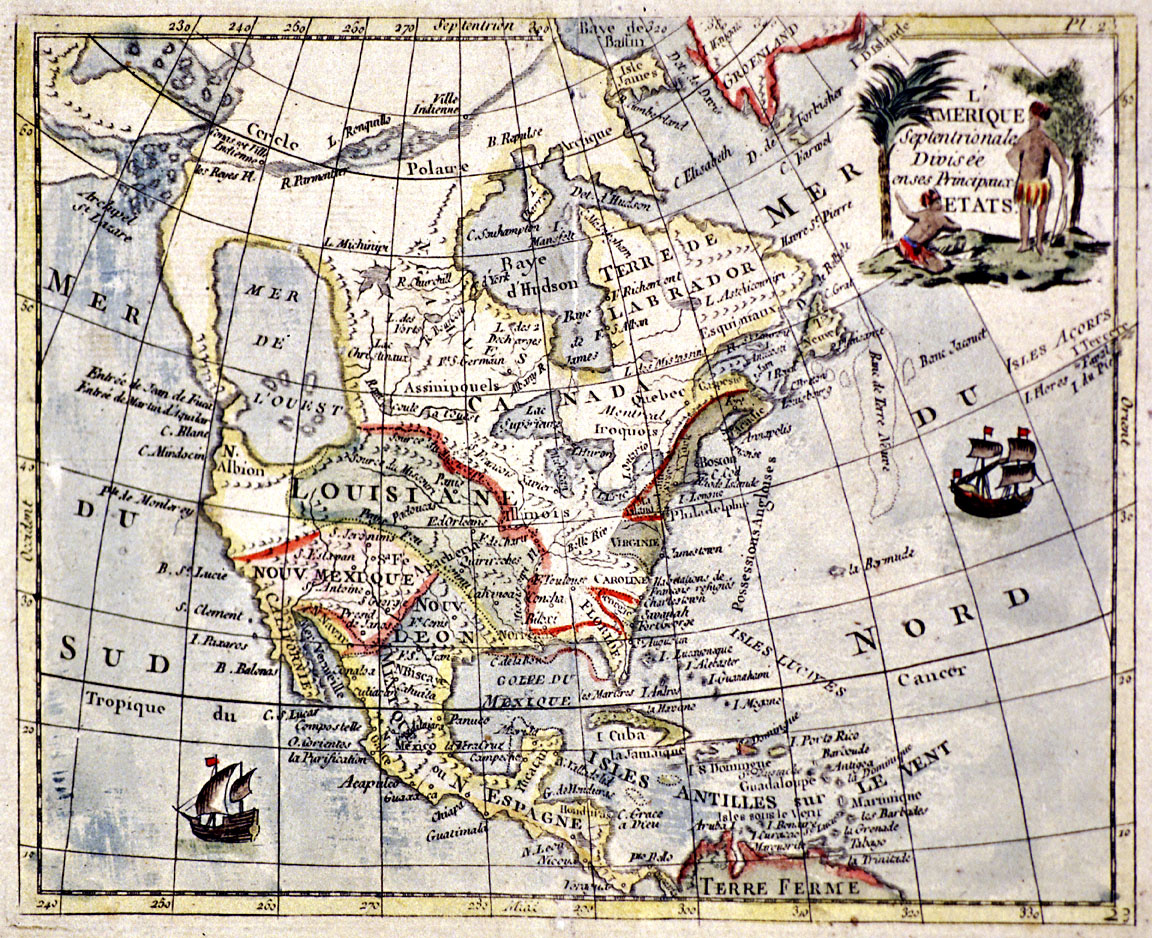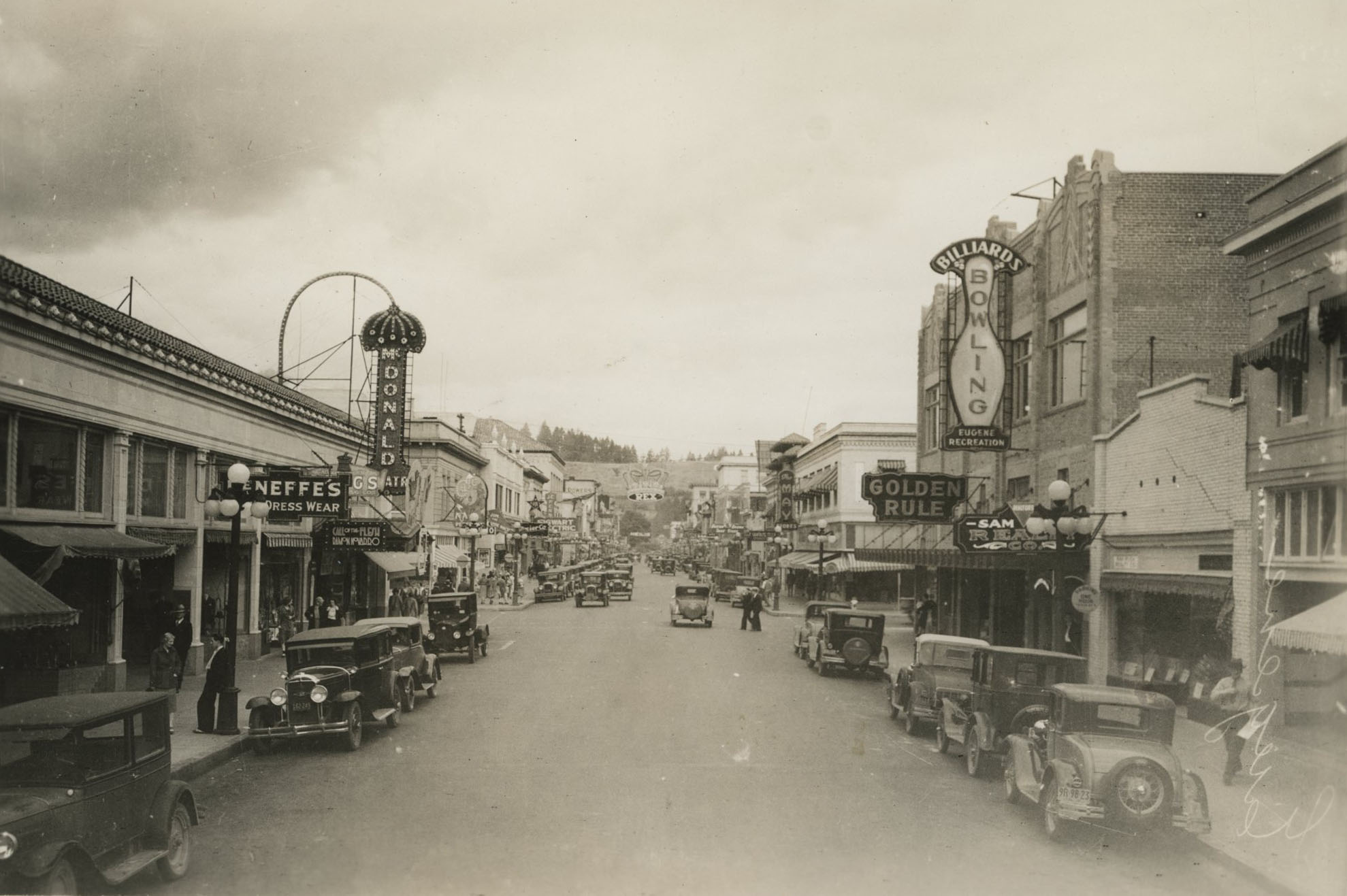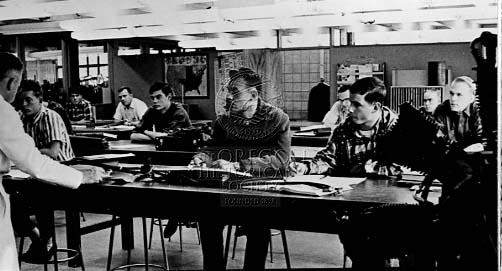Oregon native David Imus is a master mapmaker who started his mapmaking company in Eugene more than twenty-five years ago. His work has attracted international attention and has brought him critical acclaim as a cartographer, but Imus prefers to think of himself as a “geographic illustrator.” His self-described obsessive approach to mapmaking aims at presenting cartographic information in a legible and artistic manner. As a result, his maps are uniquely informative and beautiful. His most celebrated achievement is The Essential Geography of the United States of America, published in 2010.
Born in Coos Bay in 1957, Imus has lived in Harrisburg, a small town north of Eugene, since 2008. He discovered his aptitude for geography in a class on Oregon geography at Lane Community College and continued his education by earning bachelor’s degrees in geography and Spanish from the University of Oregon in 1982.
Imus formed Imus Geographics in 1983 in Eugene with his first commercial work, a street map of Roseburg drawn with pen and ink on Mylar. During two years of travel, hiking, and backcountry skiing in Oregon, he decided to create guide maps to the state’s recreation areas. In addition to producing street maps of Oregon cities, he made maps of the Metolius River, the Wallowa Mountains, California’s Sierra Nevada, and Alaska’s Chugach State Park. He also made maps of Oregon, Alaska, and the United States.
Imus’s maps have won national awards in competitions sponsored by the American Congress on Surveying and Mapping and the Cartography and Geographic Information Society, including his State of Oregon Topographical Road Map and Travel Guide, which won First Prize and Best of Show in 1998. His most celebrated achievement, also selected as First Place and Best of Show by ACSM/CaCIS, was his stunning 63-miles-to-the-inch, 50-by-35-inch The Essential Geography of the United States of America, published in 2010. The Essential Geography received national and international attention in newspapers and magazines and from the BBC and Oregon Public Broadcasting. A second edition of the map was published in 2019.
Imus thinks about maps as visually aesthetic informational art and believes in an approach to mapmaking that combines personal interpretation, artistic expression, and attention to detail. He uses computer-generated information of landscape features, both geographic (e.g., landforms, rivers) and human made (e.g., locations of cities, monuments) to develop a background draft that serves as matrix for his personal work.
Drawing on the style of Swiss cartographer Eduard Imhof, Imus dwells on the legibility of map elements, including line thickness, color variation, contrast, generalization, and the location of labels. With an emphasis on clarity, he incorporated a thousand landmarks into The Essential Geography that reflect the nation’s diversity, such as the Navajo Nation, the Statue of Liberty, the Alamo, Civil Rights sites, the largest mosque in the U.S., and important universities. He hopes that his maps, which are drawn with an emphasis on the clear and artistic illustration of basic geography and the selection of culturally diverse information, can help influence “Americans to become more geographically engaged, see the land and appreciate its aesthetics.”
-
![]()
David Imus.
Courtesy David Imus
-
![]()
Inset of Oregon from The Essential Geography of the United States of America.
Courtesy David Imus, OPB
Related Entries
-
![Cartography of Oregon, 1507–1848]()
Cartography of Oregon, 1507–1848
The cartographic history of Oregon as a place in the Pacific Northwest …
-
![Eugene]()
Eugene
Eugene is a metropolitan center at the head of the Willamette Valley, a…
-
![Lane Community College]()
Lane Community College
Lane Community College (LCC) in Eugene opened its doors in 1965, but th…
Related Historical Records
Map This on the Oregon History WayFinder
The Oregon History Wayfinder is an interactive map that identifies significant places, people, and events in Oregon history.
Further Reading
Stevenson, Seth. “The Greatest Paper Map of the United States You’ll Ever See.” Slate Magazine, January 2, 2012.
Zaveri, Mihir. "Oregon native David Imus puts geography on the map." Portland Oregonian, June 3, 2011. https://www.oregonlive.com/environment/2011/06/oregon_native_david_imus_puts.html
"A Master Cartographer Charts a New Course." Oregon Public Broadcasting, 2018. Film.







